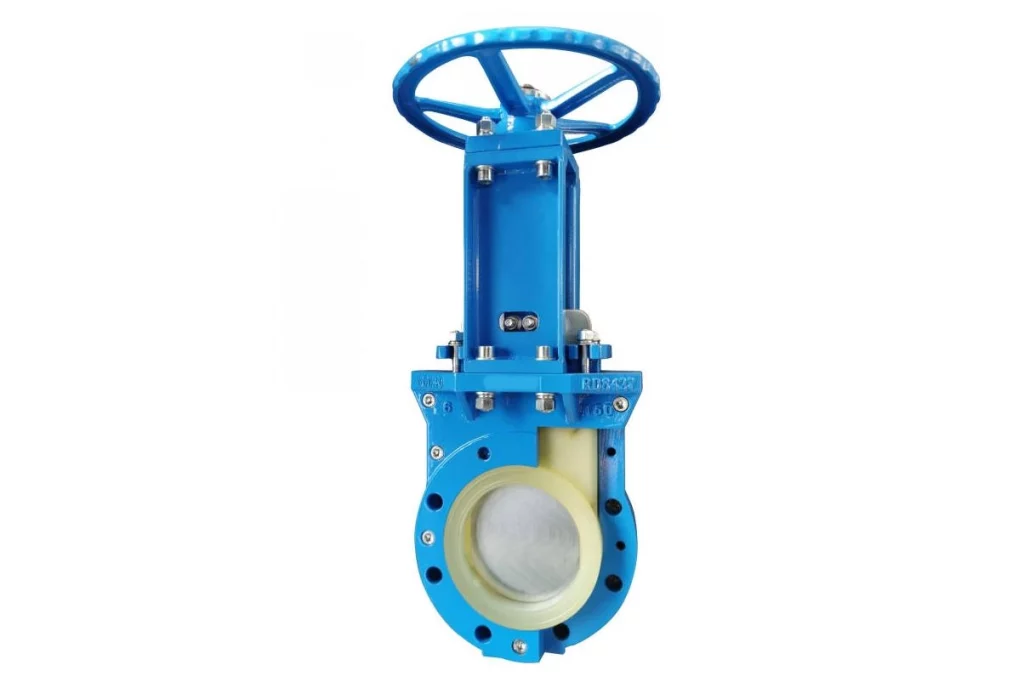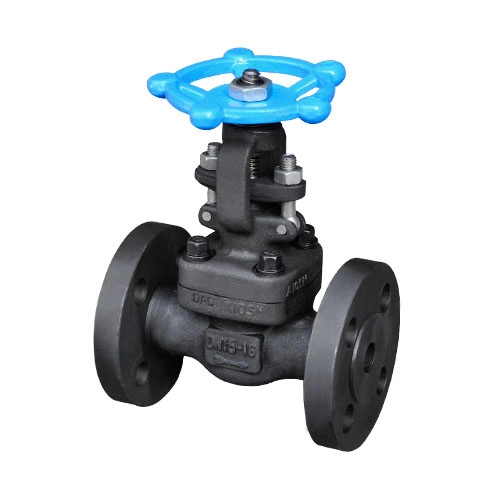How to Choose Between a Knife Valve and a Gate Valve for Your Application

Choosing the correct valve for your application is actually paramount to keep everything going well and avoid headaches. Knife gate valves and gate valves each have their own strengths, depending upon what you’re handling, the environment, and what you can afford to pay. In this article, we’re going to cover what differentiates them, where they are installed, and how they operate to help you choose the proper one for your application.
How to Pick the Perfect Valve for Your Needs
Key Factors: Media Type, Operating Environment, and Cost
Choosing the right valve hinges on knowing the media it will manage. For example, knife gate valves work well for abrasive slurries, thick fluids, or media with solids. They’re often used in mining, wastewater treatment, and chemical plants. Their double-seated design ensures tight shut-off in both directions. This makes them great for tough tasks.
The environment, like pressure and temperature, also matters. Knife gate valves handle different pressures based on size. Smaller ones (DN50-DN100) can take up to 16 bar. Larger sizes manage lower pressures. Gate valves suit pipelines needing full flow or complete shut-off. But they’re not ideal for throttling, as this can wear down the gate and seat.
Cost is another factor. Knife gate valves are more cost-effective due to their simpler design and materials. Yet, they tend to wear more easily compared to standard gate valves.
Aligning Valve Features with Your Needs
Matching a valve’s features to your needs requires looking at design and function. Knife gate valves shine with thick or solid-heavy media. Their sharp gates slice through solids. They often have replaceable rubber seals or dual stainless-steel gates for durability. Gate valves are better for clean fluids needing full flow.
For fast operation, rotary valves like ball or butterfly valves may beat linear ones like knife gate or gate valves.
Knife Valves vs. Gate Valves: Key Differences
Design and Build
Knife gate valves have a slim, blade-like structure to cut through slurries or semi-solids. Their bodies often use carbon steel or stainless steel, with PTFE-infused synthetic fiber packing for sealing. Gate valves, however, are bulkier. They include a body, seat, disc (or wedge), spindle, gland, and operating wheel. They’re best for fully open or closed positions, as partial opening causes wear.
Operating Mechanism
Knife gate valves work by sliding a sharp blade through the media to stop or allow flow. This suits high-consistency fluids or solids. Gate valves use a rising stem, where the disc moves up or down to block the flow. Both are linear motion valves. But knife gate valves act faster with shorter stroke times. This boosts efficiency in time-critical processes.
Materials
Knife gate valve makers use strong materials like carbon steel or stainless steel (AISI 304/316) for gates and bodies. Rubber seals and EPDM O-rings improve sealing in tough conditions. Gate valves often have cast iron bodies with metal-to-metal seating surfaces.
Uses of Knife Gate Valves
Industries Using Knife Gate Valves
Knife gate valve suppliers serve industries needing reliable performance with abrasive or solid-heavy media. These include:
- Mining: Managing mineral-rich slurries.
- Wastewater Treatment: Handling sludge and waste byproducts.
- Chemical Plants: Controlling corrosive chemicals.
- Power Plants: Dealing with fly ash slurry.
- Pulp & Paper: Processing fibers with contaminants like staples or wires.
Models like the MDU series are built for mining due to their abrasion resistance.
Benefits of Knife Gate Valves
Knife gate valves have clear advantages:
- Non-Clogging: Their through-conduit design minimizes residue buildup.
- Bi-Directional Shut-Off: Many offer reliable sealing both ways.
- Easy Maintenance: Replaceable parts cut downtime.
- Compact Size: Smaller than globe or ball valves.
- Long-Term Savings: Higher upfront costs are offset by durability.
For precise control of abrasive media under high pressure, a knife gate valve tailored to your needs ensures top performance with minimal upkeep.
Uses of Gate Valves
Common Applications
Gate valves are popular across industries for their ability to fully stop or allow fluid flow in pipelines. They include a body, seat, disc, spindle, gland, and operating wheel. You’ll find them in oil and gas pipelines, water systems, and industrial processes needing full-bore flow. In mainlines for oil or gas, they must be full-bore or through-conduit to allow scrapers or pigs for cleaning or monitoring. This keeps pipelines efficient and intact.
Benefits of Gate Valves
Gate valves have low pressure drop when fully open. They suit high-pressure tasks. Their design ensures reliable performance in extreme conditions. But throttling isn’t advised, as it wears the gate and seat. They’re ideal for secure shut-off.
Performance: Knife Valves vs. Gate Valves
Flow Control
Knife gate valves handle high-solid or abrasive media well. Their sharp gates cut through materials effectively. They’re perfect for mining, wastewater, and pulp & paper. Their design supports bi-directional shut-off and reduces residue. Gate valves work better for clean fluids needing unrestricted flow.
Pressure and Sealing
Both valves manage high pressures, but their strengths differ. Some knife gate valves handle up to 16 bar, depending on size. Their double-seated design ensures strong sealing in tough conditions. Gate valves can handle higher pressure but may need more complicated upkeep due to wear.
Durability
Knife gate valves use tough materials like carbon steel or stainless steel (AISI 304/316). Replaceable rubber seals extend their life. Gate valves often use cast iron with metal-to-metal seating, which may wear faster in harsh settings.
Miwival’s Gate Valve Specs

Product Range
Miwival offers a wide range of gate valves for various industrial needs. They come in different materials and pressure ratings to fit specific tasks.
Materials and Pressure
Miwival uses high-quality materials like carbon steel and stainless steel for durability. Pressure ratings vary by model and size, suiting both low- and high-pressure systems.
Sealing and Performance
Miwival’s gate valves use advanced sealing tech to perform under extreme conditions. Precision components reduce leaks and ensure steady operation.
Low-Maintenance Knife Valves from Miwival
Miwival’s knife gate valves are designed for easy upkeep. Replaceable parts like rubber seals and seat rings cut downtime. Their compact design simplifies installation in tight spaces. Miwival’s innovative solutions make them a top knife gate valve manufacturer. Their quality makes them a go-to for suppliers seeking reliable products for tough tasks.
When choosing between knife and gate valves, understanding these traits is key. Whether picking a knife gate valve or another option, Miwival’s expertise delivers great results across industries. Come and contact us for your best valves!
FAQ
Q: What are the main differences between knife gate valves and gate valves?
A: Knife gate valves have a slim, blade-like design that cuts through thick or solid-heavy media, ideal for slurries or abrasive fluids. Gate valves are bulkier, with a disc or wedge that moves vertically to stop or allow flow, best for clean fluids needing full flow or shut-off. Knife gate valves operate faster, while gate valves are slower but suited for fully open or closed positions.
Q: When should I choose a knife gate valve over a gate valve?
A: Choose a knife gate valve for applications involving abrasive slurries, high-consistency fluids, or media with solids, such as in mining, wastewater treatment, or chemical plants. Their non-clogging design and bi-directional shut-off make them ideal for tough conditions. Gate valves are better for clean fluids in pipelines requiring full flow or complete shut-off, like oil and gas systems.





